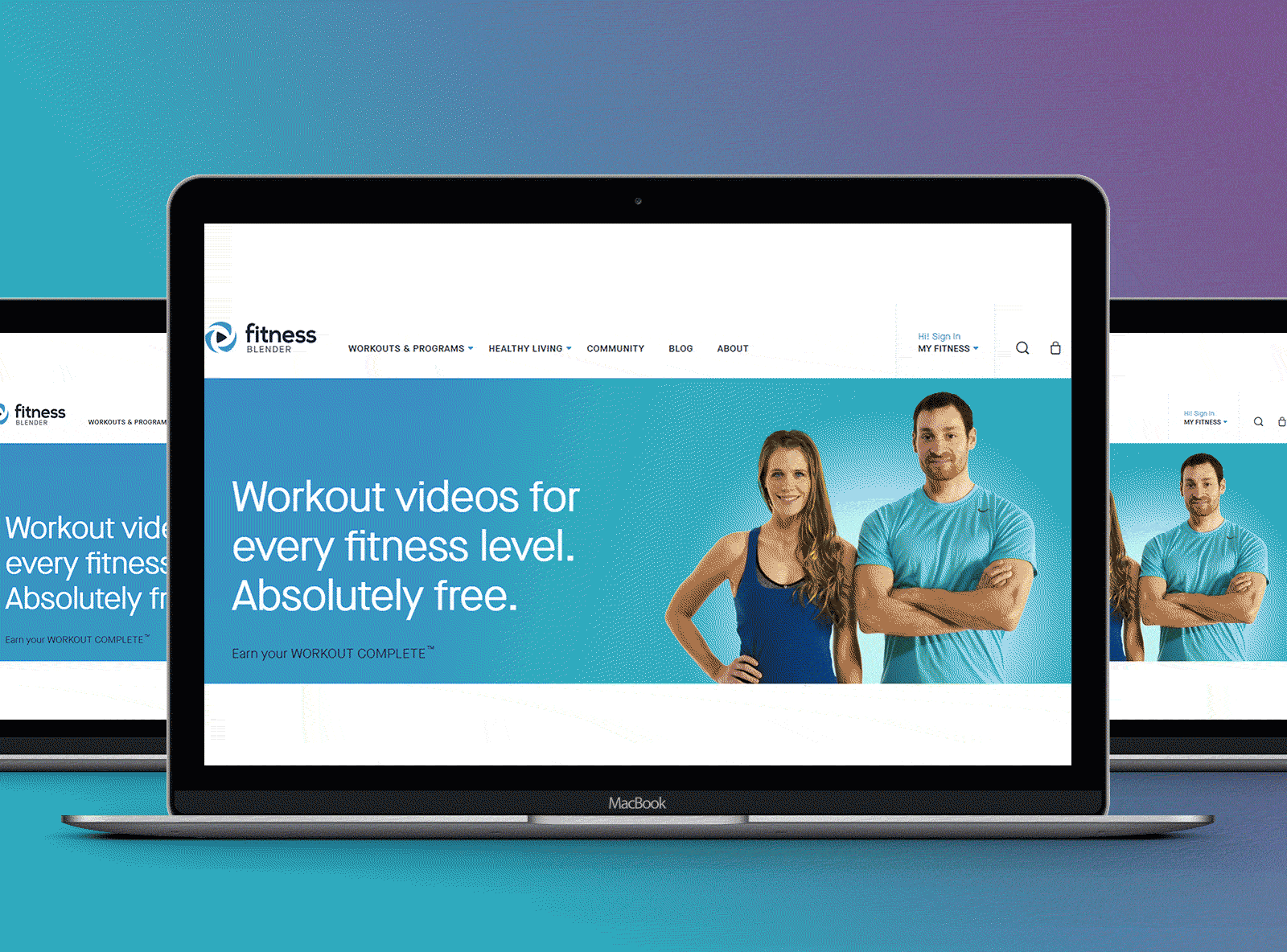How to Pick the Right Website Style for Your Business
Picking a suitable site style for your service is a multifaceted process that requires mindful factor to consider of various elements. Focusing on user experience and receptive design can enhance accessibility and satisfaction.
Define Your Company Objectives

For instance, if your primary aim is to increase e-commerce sales, emphasis on producing a smooth purchasing experience with user-friendly navigation, prominent call-to-action buttons, and enhanced product web pages. If your objective is to develop idea management in your industry, focus on insightful web content, involving visuals, and user-friendly user interfaces that motivate communication and sharing.
Furthermore, integrating measurable key efficiency signs (KPIs) pertaining to your objectives will certainly help analyze the site's effectiveness over time. On a regular basis taking another look at and adjusting these objectives can make sure that your site evolves in alignment with your company goals - website design in singapore. Finally, a clear understanding of your organization objectives is important for crafting a site style that not just satisfies customer expectations however likewise drives substantial results for your company
Understand Your Target Market
Understanding your target market is critical for creating an effective website layout that reverberates with individuals. A detailed understanding of your audience enables you to tailor your website's aesthetics, functionality, and material to satisfy their particular demands and choices. Begin by recognizing demographic variables such as age, sex, location, and income degree, which can dramatically affect individual actions and assumptions.
Next, dive into psychographics, exploring users' rate of interests, worths, and on the internet practices. This info helps in crafting a more customized experience, making sure that your internet site involves visitors in a purposeful means. Conduct studies, meetings, or focus teams to collect direct comments, which can provide beneficial insights right into what your target market likes.
Additionally, examine competitor sites that satisfy a similar target market; their successes and failings can illuminate finest techniques and locations to differentiate your brand. Use analytics tools to track customer habits on your current site, determining fads that expose what catches focus and what falls short to engage. By thoroughly understanding your target audience, you can develop a site style that not only brings in visitors yet likewise cultivates interaction and drives conversions.
Prioritize Individual Experience
Individual experience (UX) functions as the foundation of a reliable web site style, straight influencing exactly how visitors interact with your web content and navigate your website. A seamless UX can considerably boost customer contentment, urging longer brows through and increased interaction. To focus on UX, beginning by ensuring intuitive navigation. Menus ought to be organized realistically, permitting individuals to find details promptly and effortlessly.
In addition, consider the visual pecking order of your pages. Essential information ought to be prominently displayed, guiding customers toward essential actions such as buying or enrolling in a newsletter. Reliable usage of white area can likewise decrease cognitive load, making it much easier for customers to refine information.
Additionally, web page load times are important; a slow-loading site can annoy customers and lead to high bounce prices. By regularly focusing on user experience, you develop a website that not only fulfills the needs of your target market yet additionally fosters loyalty and advertises organization growth. Implementing these approaches will help guarantee your internet site is both functional and attractive to customers.
Pick Responsive Design
In today's digital landscape, selecting a receptive design is vital for guaranteeing your internet site performs efficiently throughout a selection of tools and screen sizes. As more individuals access the web through smart devices, tablet computers, and various other gadgets, a responsive style permits look at here your site to adapt perfectly to various resolutions and alignments. This versatility improves individual experience, which is essential for retaining visitors and reducing bounce rates.
Responsive design employs fluid grids, flexible images, and media queries to create a cohesive look that maintains functionality, regardless of device. This technique not only enhances functionality but also positively impacts search engine rankings, as online search engine like Google favor mobile-friendly websites.
Moreover, a responsive web site removes the need for preserving separate desktop and mobile variations, enhancing your development and upkeep efforts. This performance can visit lead to cost savings and an extra regular customer experience throughout platforms.
Integrate Branding Elements
Integrating branding aspects into your site design is crucial for establishing a solid identity and promoting recognition among your target market. Your brand name's logo design, shade scheme, typography, and images needs to flawlessly integrate into the general style to produce a regular visual experience. This uniformity not just enhances your brand's identity but also develops depend on with site visitors.
Begin by plainly presenting your logo design on the homepage, ensuring it is clickable to reroute individuals to the primary page. Select a color pattern that lines up with your brand name's individuality; for circumstances, dynamic colors may share energy, while soft tones can suggest class. Typography must reflect your brand's character-- choose font styles that are both understandable and agent of your message.

Verdict
Selecting the ideal internet site design requires a critical strategy that balances service objectives with customer experience. By specifying clear goals, recognizing the target market, prioritizing instinctive you could look here navigating, choosing responsive design, and including cohesive branding elements, businesses can enhance their on the internet presence. Constant analysis and adaptation based on user responses and performance metrics further make sure that the site remains efficient and pertinent. Eventually, a well-designed website works as a vital device for achieving business success and promoting customer interaction.